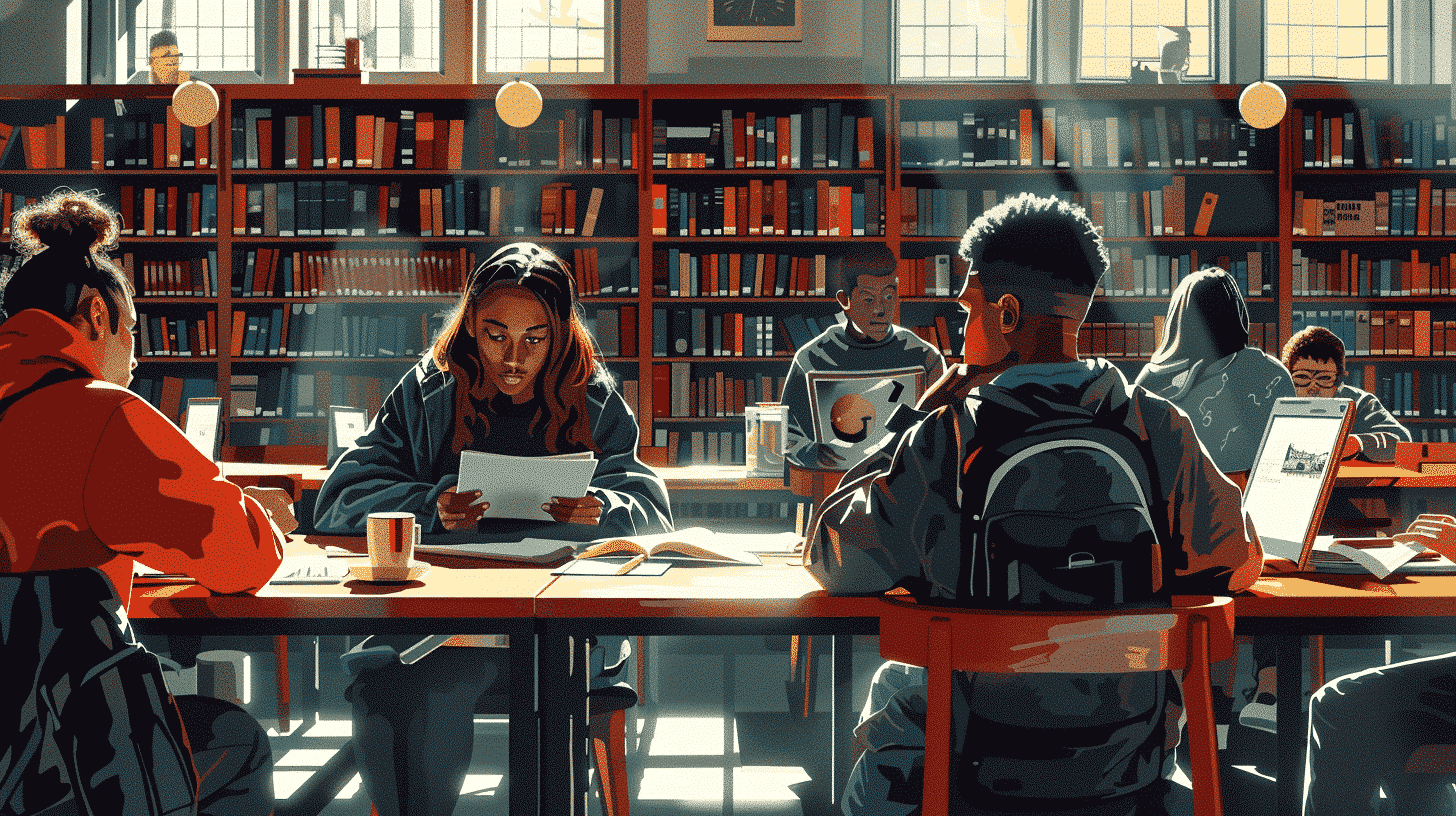Understanding the Importance of Greetings in Italian Culture
Greetings are foundational to any language, serving as the first impression in interpersonal interactions. In Italian culture, greetings are not just polite expressions but also a reflection of respect and warmth. Knowing how to say good afternoon in Italian correctly helps you connect more authentically with native speakers and shows cultural appreciation.
Why Learning Greetings Matters
- Builds rapport: Using appropriate greetings fosters friendliness and trust.
- Enhances communication: Proper greetings signal politeness and cultural understanding.
- Boosts confidence: Starting conversations with the right phrases makes learners more comfortable.
How to Say Good Afternoon in Italian: The Basics
In Italian, the phrase for “good afternoon” is not as commonly distinct as in English but can be expressed in a few ways depending on context and formality.
Common Phrases for Good Afternoon
- Buon pomeriggio – Literally translates to “good afternoon.” This phrase is grammatically correct but less frequently used in everyday Italian.
- Buonasera – Means “good evening” but is often used from the late afternoon onward, especially after 4 PM.
When to Use “Buon pomeriggio” vs. “Buonasera”
While buon pomeriggio directly translates as “good afternoon,” Italians tend to use buonasera as a greeting starting in the late afternoon and throughout the evening. This subtle usage difference is important for learners to grasp for natural conversation flow.
- Buon pomeriggio: More formal, used in written correspondence or formal settings.
- Buonasera: Commonly used in spoken language as a polite greeting from late afternoon to night.
Pronunciation Guide: How to Say Good Afternoon in Italian
Mastering pronunciation is key to being understood and sounding natural. Here’s a simple guide to pronouncing the phrases:
- Buon pomeriggio: /bwon po-meh-REE-joh/
- Buonasera: /bwona-SEH-ra/
Practice stress placement and vowel sounds to ensure clarity. For example, the stress in pomeriggio falls on the third syllable “REE.”
Contextual Usage: Incorporating Good Afternoon in Conversations
Knowing when and how to use these greetings appropriately will elevate your conversational skills.
Formal vs. Informal Situations
In formal settings such as business meetings or addressing strangers, “Buon pomeriggio” may be preferred, especially in writing. For informal or everyday interactions, “Buonasera” is more natural from late afternoon onward.
Examples in Dialogue
- Formal: Buon pomeriggio, signora Rossi. Come sta? (Good afternoon, Mrs. Rossi. How are you?)
- Informal: Buonasera, Marco! Come va? (Good evening, Marco! How’s it going?)
Using Talkpal to Master Greetings and More
Talkpal offers a dynamic platform designed to help learners practice phrases such as how to say good afternoon in Italian through immersive experiences.
Features That Enhance Learning
- Interactive Conversations: Engage in real-time dialogues with native speakers or AI tutors.
- Pronunciation Feedback: Receive instant corrections to improve accent and intonation.
- Cultural Insights: Learn the appropriate contexts for greetings and expressions.
- Personalized Lessons: Tailored content focusing on common greetings, vocabulary, and practical usage.
Benefits of Using Talkpal for Italian Greetings
- Accelerates language acquisition through active practice.
- Builds confidence by simulating real-life conversations.
- Ensures learners understand nuances like when to use “buon pomeriggio” versus “buonasera.”
Additional Common Italian Greetings to Know
Expanding your greeting vocabulary enriches your conversational toolkit beyond “good afternoon.”
- Ciao – Informal “hello” or “goodbye,” widely used among friends.
- Buongiorno – “Good morning,” used until early afternoon.
- Salve – Polite but neutral greeting, suitable for both formal and informal contexts.
- Arrivederci – Formal way to say “goodbye.”
Tips for Practicing and Remembering Italian Greetings
- Repetition: Regularly practice greetings aloud to build muscle memory.
- Contextual Learning: Use greetings in sentences and real conversations.
- Listen and Imitate: Pay attention to native speakers’ intonation and rhythm.
- Use Technology: Utilize apps like Talkpal for interactive and engaging practice.
Conclusion
Mastering how to say good afternoon in Italian, along with understanding when and how to use these greetings, is a vital step in becoming fluent and culturally aware. While “buon pomeriggio” is the direct translation, “buonasera” is often preferred in everyday speech during the late afternoon. Leveraging resources like Talkpal can significantly enhance your learning experience by providing practical, immersive practice and feedback. Embracing these phrases not only improves your language skills but also deepens your connection to Italian culture, making your communication more authentic and enjoyable.









